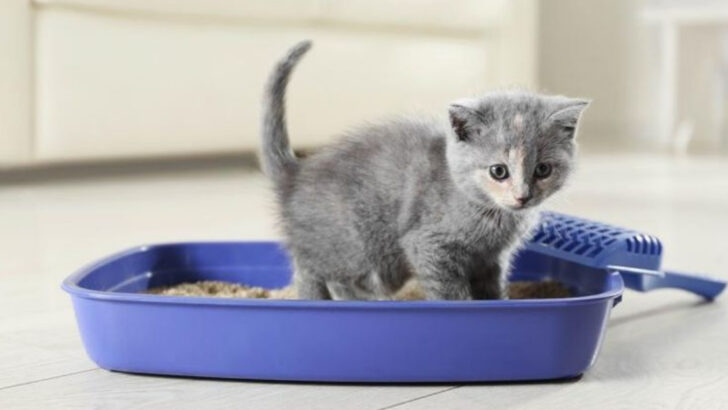Your cat isn’t being spiteful.
They’re sending a message—with pee.
Few things are more frustrating than finding an unexpected “surprise” outside the litter box. Sofa cushions, laundry piles, your favorite rug—nothing is safe. And yet, this isn’t random rebellion. It’s communication in its smelliest form.
Something is off in their world.
Maybe the box isn’t clean enough. Maybe it’s in the wrong spot. Or maybe your cat just hates the new litter you bought on sale.
Whatever the cause, ignoring it won’t make it stop. Let’s get to the bottom of why your cat has gone rogue—and what you can do to fix it before your house becomes one big litter box.
Medical Issues

Cats are creatures of habit, and changes in litter box behavior often indicate health issues. A urinary tract infection, for instance, can cause pain during urination, making the litter box an unpleasant place. Additionally, kidney problems may lead to more frequent urination or accidents outside the box.
It’s essential to consult a veterinarian when sudden changes occur. Early detection of medical problems can prevent further complications. Regular veterinary check-ups ensure your feline friend stays healthy. A vet can provide guidance and treatment options tailored to your cat’s needs.
Dirty Litter Box

Cats are fastidious creatures, and many refuse to use a litter box that doesn’t meet their cleanliness standards. A dirty box can be off-putting, prompting your cat to find alternative spots for relief. Regular scooping, at least once a day, keeps odors at bay and ensures a pleasant experience for your cat.
Consider cleaning the entire box weekly with mild soap to prevent buildup of odors. Offering a clean environment respects your cat’s natural instincts and promotes consistent use. Remember, a fresh litter box is a welcome invitation for your cat.
Wrong Litter Type
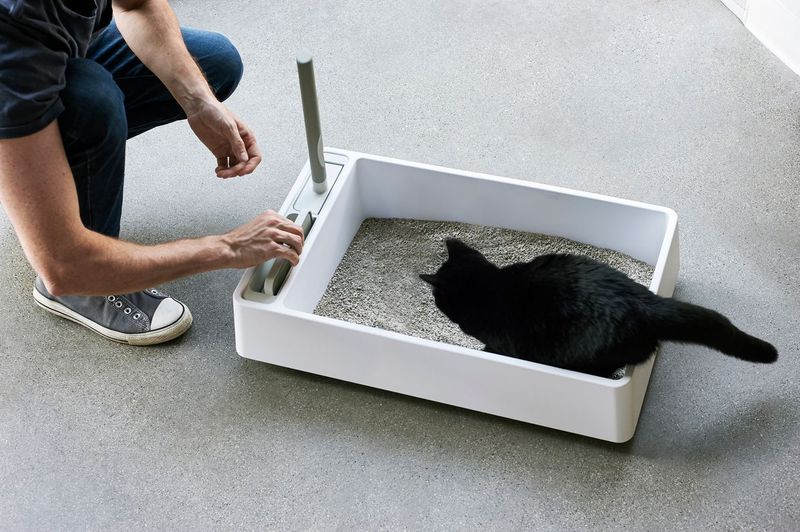
Cats can be particular about the type of litter they prefer. Some cats have a penchant for clumping litter, while others might opt for non-clumping or a specific scent. The texture of the litter can also influence their choice, with some cats preferring finer grains.
Experimenting with different types can help identify your cat’s preference. Switching litter types gradually can ease the transition. Respecting your cat’s preference can lead to more consistent litter box use. Always observe your cat’s reactions to new litter changes closely.
Litter Box Location
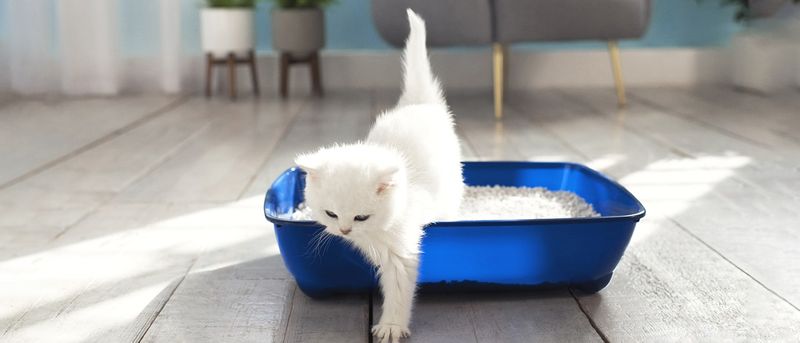
The location of your cat’s litter box plays a significant role in its usage. Cats prefer quiet, private areas where they can feel secure. Placing the box in a high-traffic area can deter use, as cats might feel exposed or stressed.
Choosing a secluded corner or a low-traffic room can encourage regular use. It’s important to avoid placing the box near noisy appliances or in areas with heavy foot traffic. Providing a peaceful spot respects your cat’s need for privacy and comfort.
Stress and Anxiety

Stress and anxiety can cause cats to avoid the litter box. Changes in the household, such as a new pet, furniture rearrangement, or even a family member’s absence, can trigger stress. Cats thrive on routine, and disruptions can lead to litter box avoidance.
Creating a calm, secure environment can help alleviate anxiety. Providing hiding spots and consistent routines can reassure your cat. Keeping the litter box in a stable, quiet location further promotes its use. Understanding and addressing your cat’s stressors is key to resolving this issue.
Inadequate Number of Litter Boxes

The general rule of thumb is to have one litter box per cat, plus one extra. In multi-cat households, competition for access can lead to avoidance. Ensuring each cat has its own box in separate locations reduces territorial disputes.
Providing multiple boxes allows cats to choose their preferred spot, reducing stress and encouraging consistent use. It’s essential to monitor each box’s cleanliness to prevent one cat from monopolizing them all. This ensures harmony and proper litter box habits in a multi-cat home.
Improper Box Size
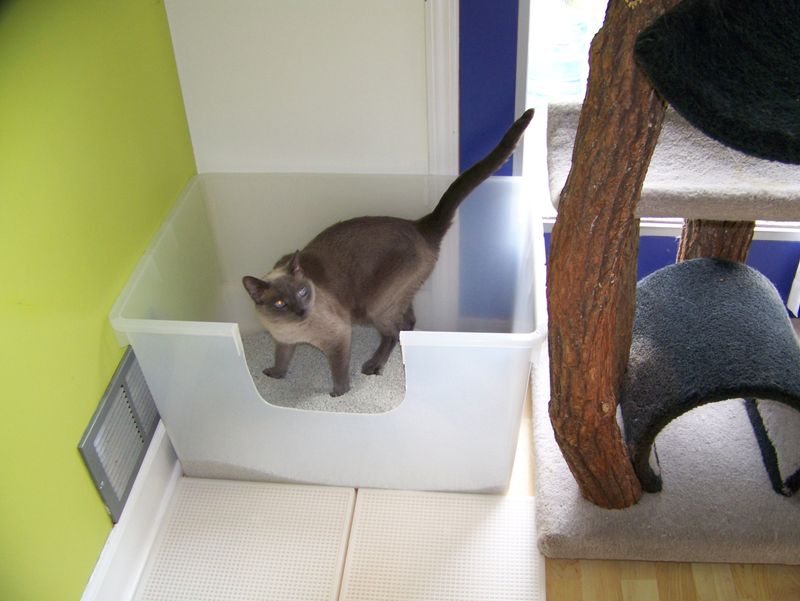
Cats need enough space to move around comfortably in their litter box. If the box is too small, your cat might feel cramped, leading to avoidance. A larger box provides ample room for turning and digging, catering to your cat’s natural behaviors.
Choosing the right size depends on your cat’s size and preferences. A spacious box can accommodate different digging styles and positions. Ensuring your cat can enter and exit easily promotes frequent use. A well-sized box respects your cat’s comfort and instincts.
Unpleasant Scents
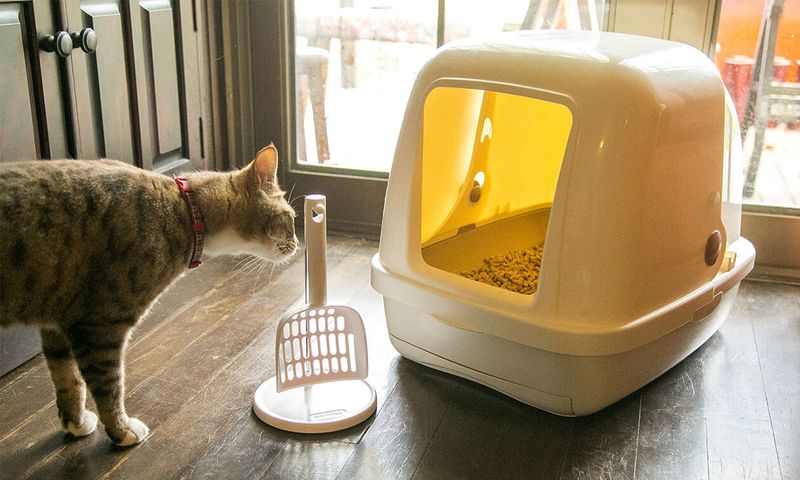
Some cats are sensitive to strong scents, which are often added to litter to mask odors. While these scents may be pleasant to humans, they can overwhelm a cat’s sensitive nose, leading to litter box avoidance.
Opting for unscented litter can encourage use, catering to your cat’s preferences. Observing your cat’s reaction to new litter can provide insight into their likes and dislikes. Respecting your cat’s olfactory senses helps maintain a harmonious environment, ensuring the litter box remains inviting.
Negative Past Experiences
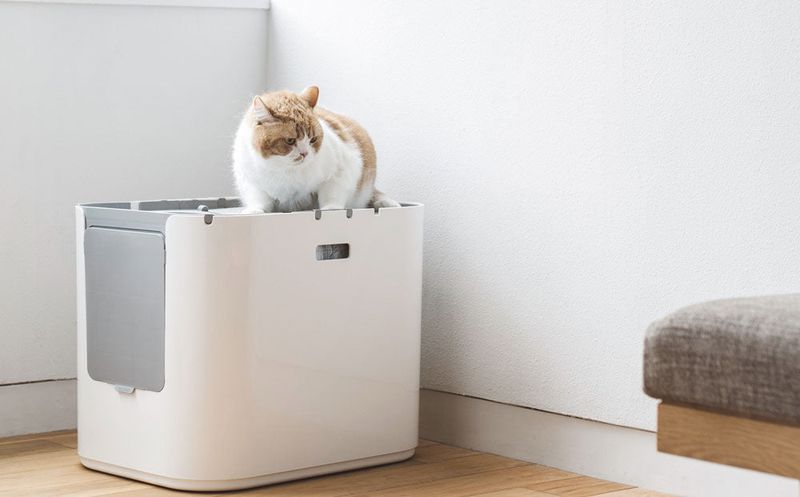
If a cat associates the litter box with a negative experience, such as being startled or frightened, it may avoid using it. Past trauma can leave a lasting impact on your cat’s behavior.
Rebuilding trust involves creating a positive association with the litter box. Adding treats or toys nearby can encourage exploration and use. Patience is key in helping your cat overcome past fears. Offering a safe, stress-free environment facilitates healing and promotes consistent litter box habits.
Age-Related Changes
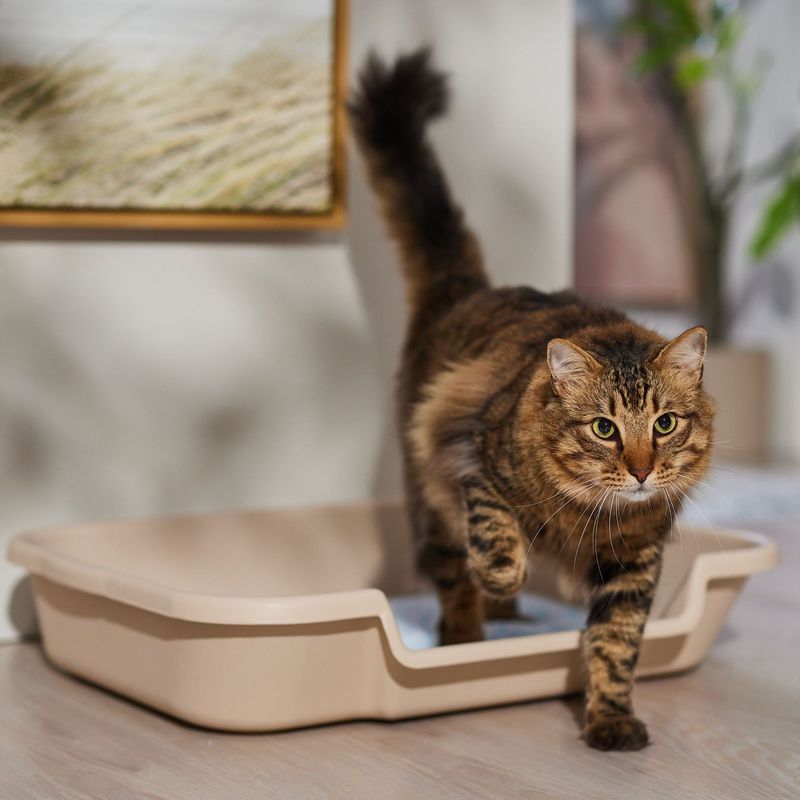
As cats age, they may experience joint pain or mobility issues, making it difficult to access standard litter boxes. A lower-sided box can accommodate these physical changes, promoting continued use.
Providing easy access ensures your senior cat’s comfort and safety. Regular veterinary check-ups can identify age-related health concerns, allowing for timely interventions. Adapting to your cat’s changing needs demonstrates compassion and encourages a lasting bond. Consider adding soft bedding nearby for added comfort.
Kitten Training Mistakes
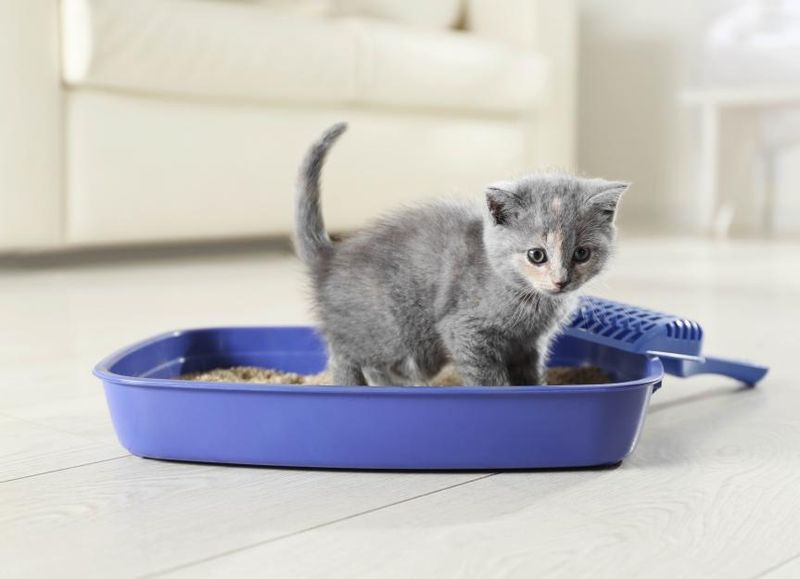
Kittens require guidance to learn proper litter box habits. Inconsistent training or lack of supervision can lead to confusion and accidents. Ensuring a positive introduction to the litter box is crucial for developing lifelong habits.
Patience and consistency are vital during training. Gently placing your kitten in the box after meals and playtime reinforces use. Positive reinforcement, like treats or praise, encourages success. Creating a routine fosters familiarity and builds confidence. Your kitten’s early experiences lay the foundation for future behavior.
Litter Box Overcrowding
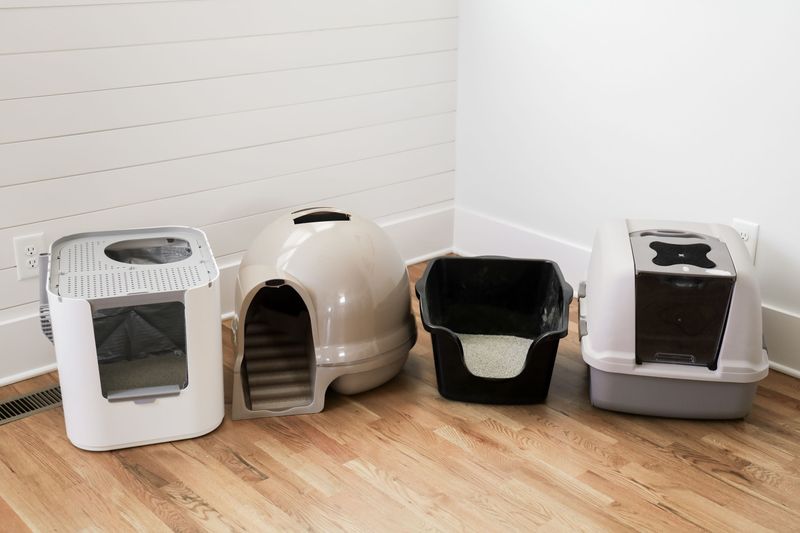
Having multiple litter boxes too close together can create a sense of overcrowding, deterring use. Cats appreciate space and separation when it comes to their bathroom habits.
Spacing out the boxes in different locations allows your cat to choose a preferred spot, reducing stress and promoting consistent use. Ensuring each box is easily accessible fosters a sense of security. Thoughtful placement reflects an understanding of your cat’s needs, reinforcing proper habits.
Inconsistent Cleaning Routine

Regular cleaning is essential to maintaining a litter box that your cat wants to use. An inconsistent cleaning schedule can lead to odors and waste buildup, causing your cat to seek alternative spots.
Establishing a consistent cleaning routine demonstrates respect for your cat’s preferences. Scooping daily and changing litter weekly ensures a fresh environment. Your cat’s satisfaction will reflect in their consistent use of the box. A clean litter box is not just about hygiene, but also about respecting your cat’s comfort and territory.
Dislike of Litter Box Design
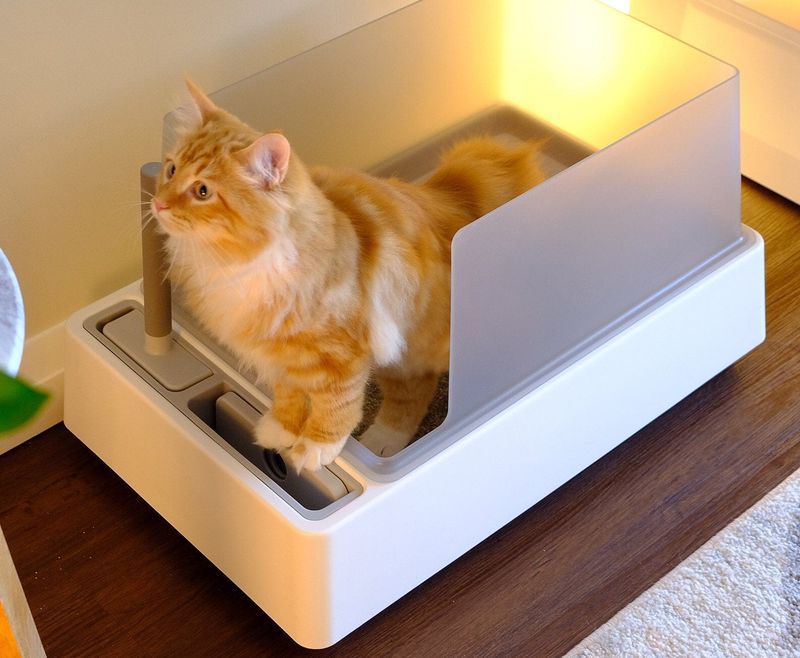
Some cats may dislike certain litter box designs, such as those with lids or high sides. Enclosed boxes can trap odors and make cleaning difficult, discouraging use. Cats value accessibility and comfort when choosing their bathroom spot.
Exploring different designs can reveal your cat’s preferences. Observing their behavior and reaction to new boxes informs your choice. Respecting your cat’s desires ensures consistent use and a happier home life. The right design can enhance your cat’s experience, promoting a positive litter box routine.

